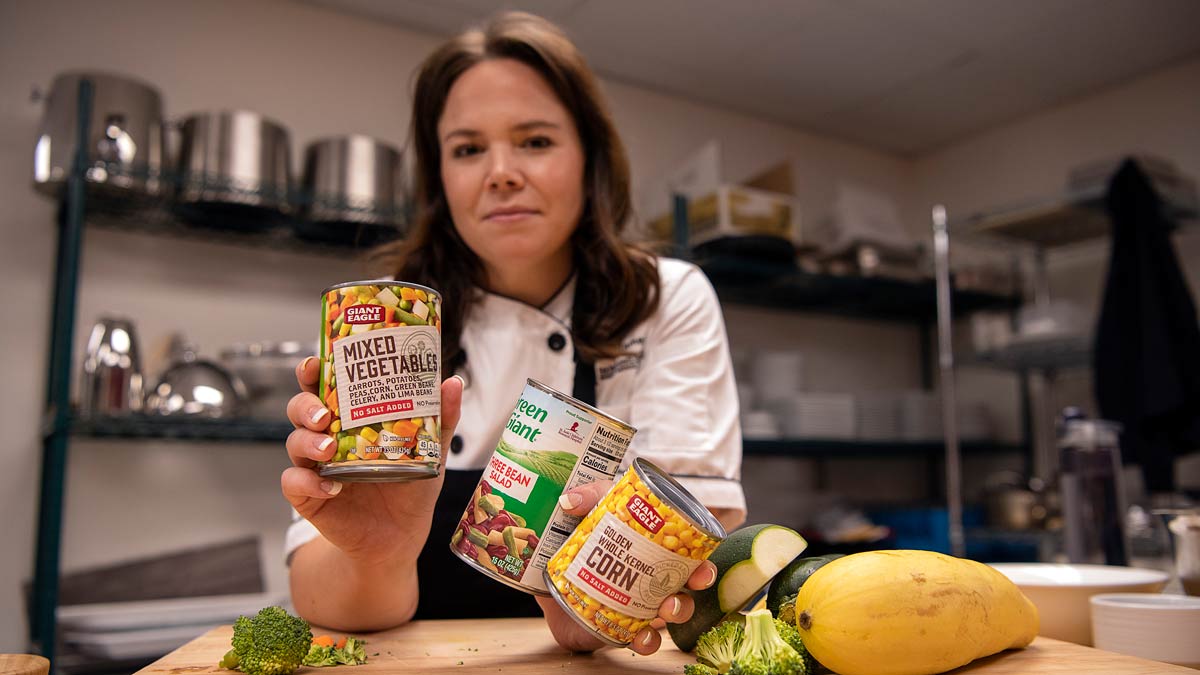Are different kinds of salts better for your health?

Although sodium is essential for our bodies to function properly, consuming a large amount can be harmful to our health. There are many different types of salt on the market these days apart from the regular table salt we have always been used to. While the nutritional benefits and sodium contents vary, the benefits and effects of sodium on our bodies are universal.
Registered dietitian Susan Berkman, MS, RD, LD, CDE, and staff dietitian Lori Williams, MS, RDN, LD, at The Ohio State University Wexner Medical Center offered their advice and information about the different types of salt and the way it affects our bodies and health.
According to the 2015-2020 Dietary Guidelines for Americans, it’s recommended that Americans consume less than 2,300 milligrams (mg) of sodium per day as part of a healthy diet. Americans get most of their daily sodium intake from restaurant and processed foods, so cooking at home and using whole foods is a great way to reduce your sodium intake.
Different types of salt
There are many different types of salt available now, such as table salt, pink Himalayan salt and sea salt. Each one has a slightly different amount of sodium in it. Sea salt or Himalayan pink salt have less sodium per tablespoon compared to table salt because of their larger crystals which take up more volume, but they may not be a better substitute for someone on a low-sodium diet.
Instead of replacing table salt with these alternatives, Berkman recommends using a variety of different herbs and spices. “There are many sodium-free seasonings, such as basil, curry, garlic powder, onion powder, thyme, lemon juice, mint, oregano and parsley that can make food more flavorful.”
Health benefits and effects from salt
Williams says to function properly your body does need a small amount of sodium and you shouldn’t eliminate it completely from your diet. You can, however, consume too much sodium. “Excess sodium can increase your blood pressure and your risk for heart disease and stroke.”
How much salt should you use?
It can be difficult to monitor how much sodium you’re taking in every day because it’s found in so many of the foods we eat, but you can become more aware of the amount you’re consuming.
“Many foods already contain a decent amount of sodium, and adding extra salt can put you over your daily sodium limit,” says Berkman. “In general, aim for each meal to have between 500 and 700 mg of sodium to be in control of your total sodium intake.” She also recommends reading food labels to become more aware of how much sodium is in the food you eat daily.




